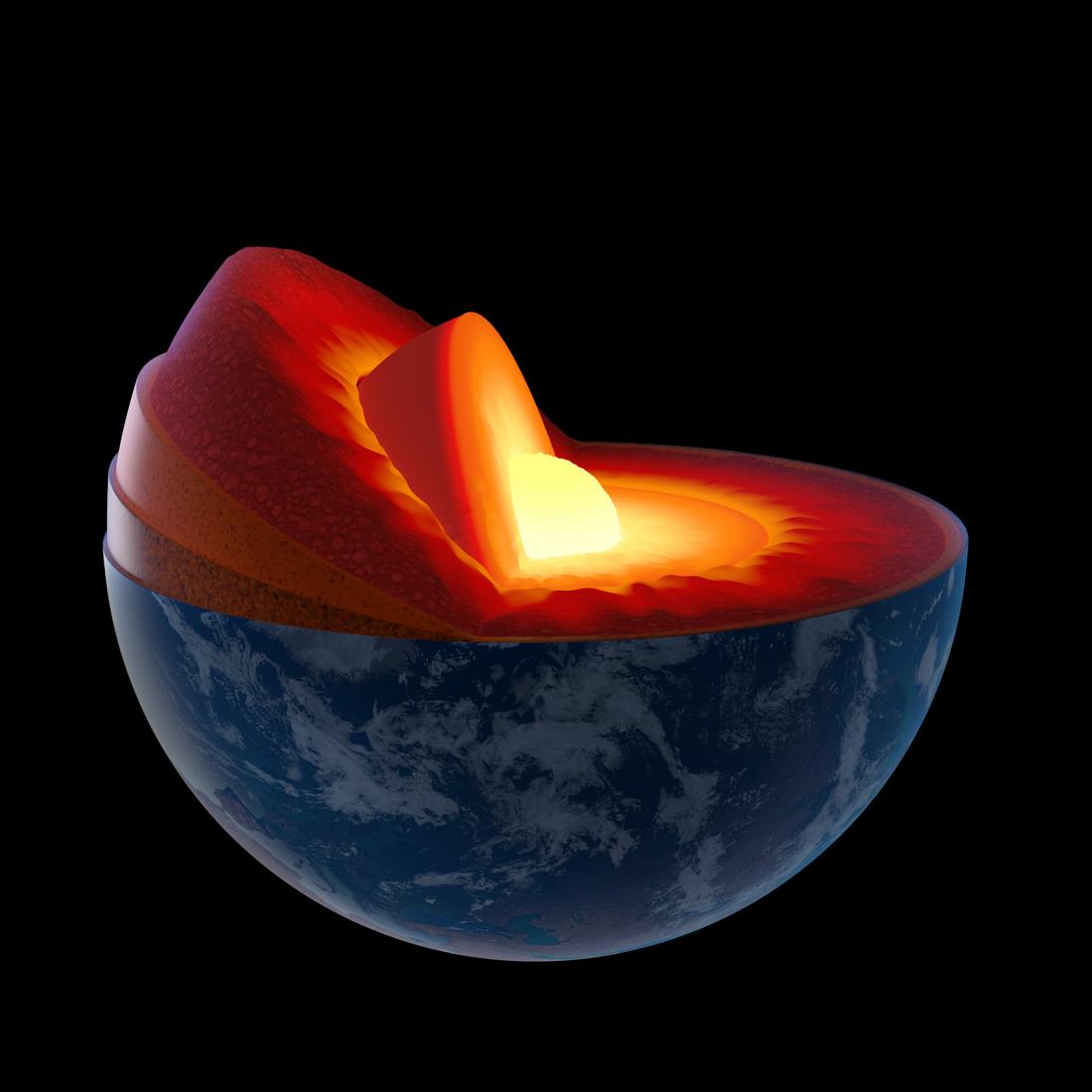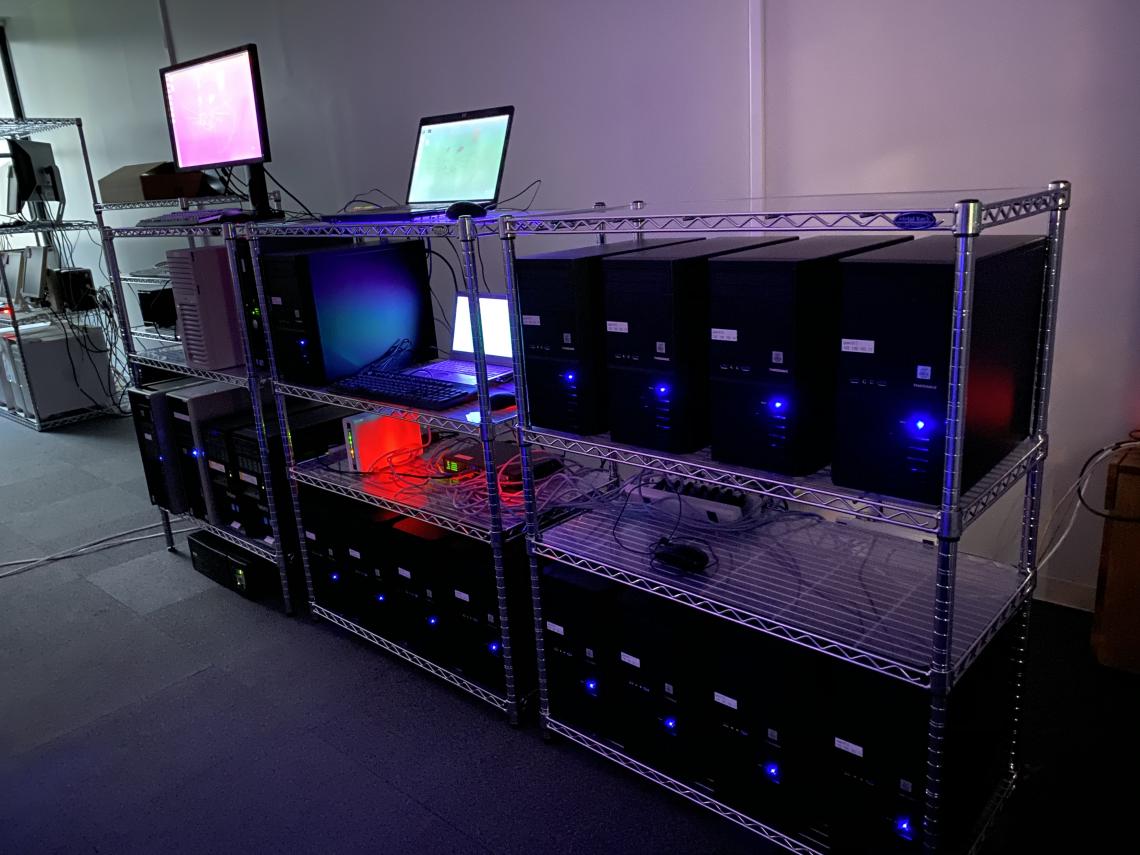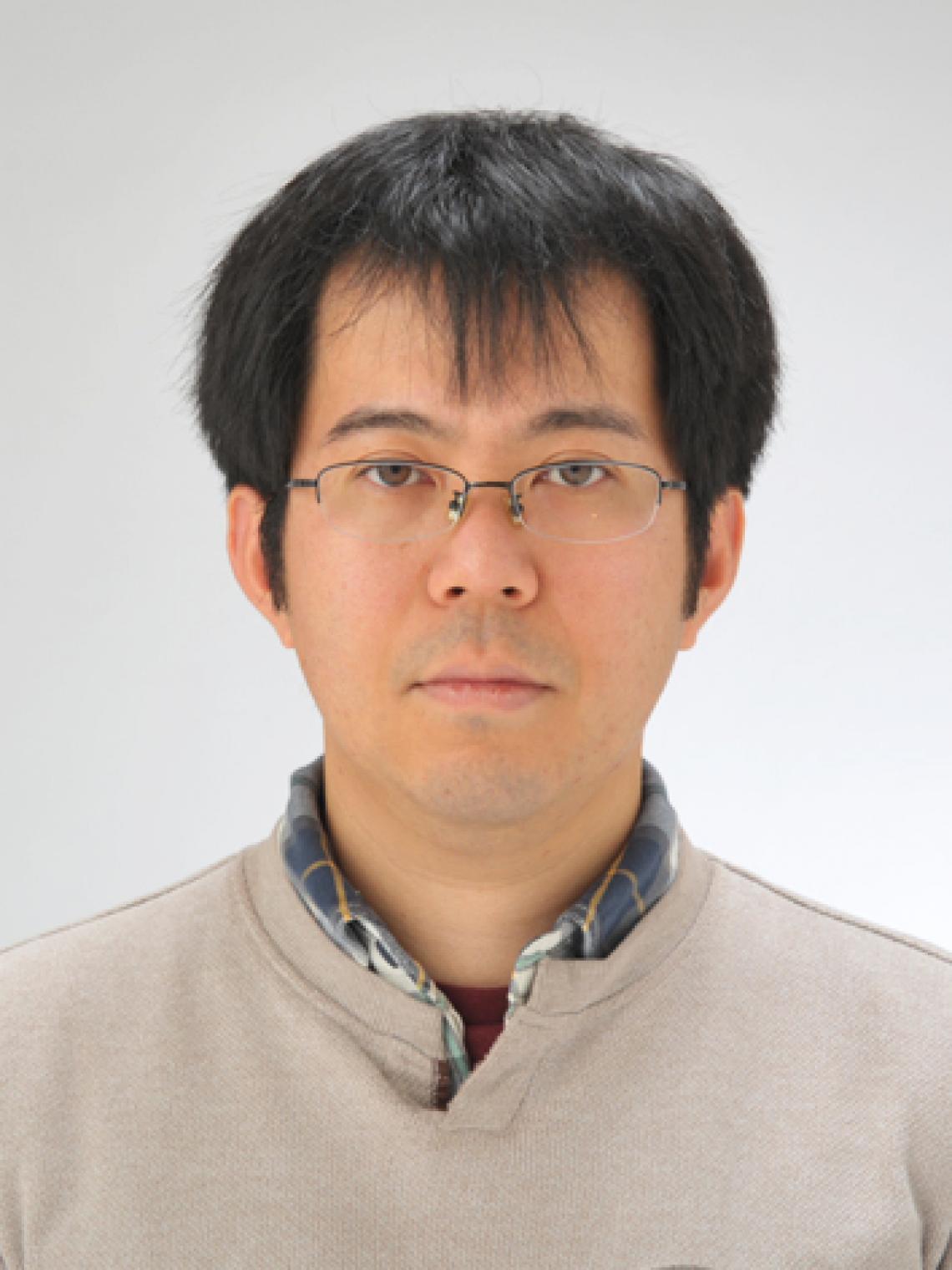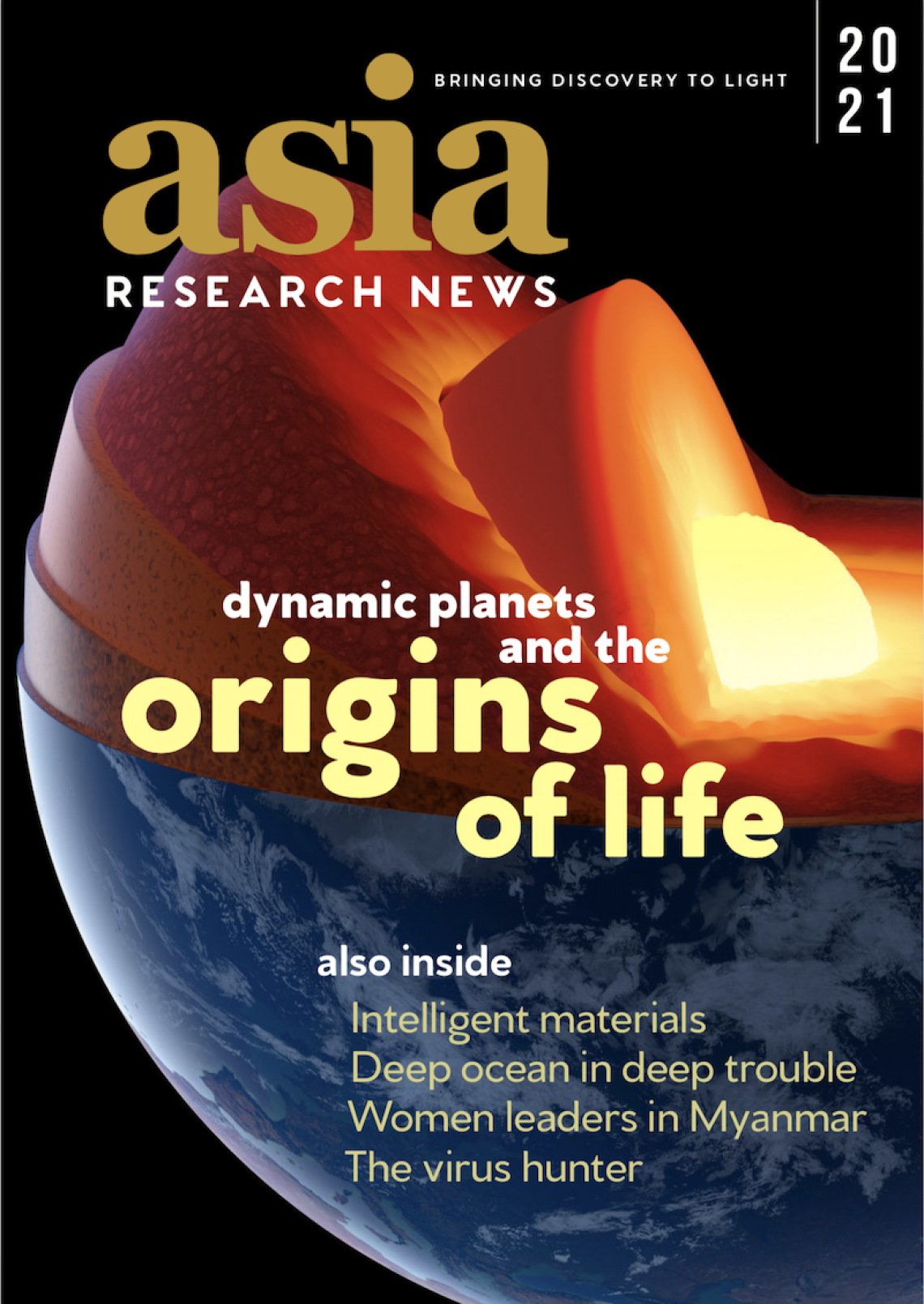The deep interior part of a planet has extremely high pressure and high temperature. Under such harsh conditions, the density of substances, the speed of sound waves, and electrical- and heat-conductivity significantly differ from those on the surface where we live.
This story is featured in the Asia Research News 2021 magazine. Read this story in Japanese here or in ISSUU (above).
この記事は日本語で読むことができます。ウェブ版・マガジン版を読む。ポッドキャストを聴くには上記をクリック。
Q: What is Earth Science and what research do you do?
Earth Science, as the name suggests, focuses on the Earth but it also studies other planets, starts such as the sun and also satellites like the moon. At ELSI, we conduct research under the big theme of the “Origin of the Earth and origin of life”, so our research topics extend to living organisms as well.
In this vast field, I am embarking on research on the substances in the deep Earth and Earth-like planets in the solar system, such as Mercury, Mars and Venus, as well as in terrestrial planets called Super Earths outside the solar system. The deep interior part of a planet has extremely high pressure and high temperature. For example, the centre of the Earth is thought to reach approximately 3.6 million atmospheric pressure and 6000 degrees Celsius. Under such harsh conditions, various physical properties including the density of substances, the speed of sound waves, and electrical- and heat-conductivity significantly differ from those on the surface where we live.
A diamond anvil cell device. Despite its size that fits in your palm, it can generate high pressure exceeding 3.65 million atmospheric pressure that occurs in the centre of the Earth. It has a hard substance made of diamond inside.
In order to understand physical properties in high temperature and high pressure, we conduct high pressure experiments to reproduce that condition in a laboratory and perform numerical simulations with computers.
Our research will provide basic knowledge for clarifying how the convection currents occur in the mantle - the outer layer of the Earth’s core - and how the Earth’s magnetic field was created and so on. Ultimately, it will help answer questions like: how was the Earth formed? How unique is it? Are there similar planets? How did life begin?
Q: What have you discovered so far?
I have been researching the thermal conductivity of the metal core in the centre of Earth. Thermal conductivity measures how easily heat transfers. An important finding we made is the thermal conductivity within the metal core is much higher than previously estimated. This means the core cooled down faster than previously thought. We know the Earth was created 4.6 billion years ago, so if we calculate back based on how fast the cooling occurred, we would be able to figure out the core’s temperature when Earth was born.
It is very difficult to accurately determine so-called “transport characteristics” such as the heat- and electrical-conductivity of substances under a high-temperature and high-pressure environment. In the future, I want to understand other physical properties in addition to thermal conductivity.
A PC cluster is made of 20 computers connected in parallel and is used to investigate the properties of substances under high temperature and high pressure.
Q: Why did you become an Earth scientist?
Simply because it was interesting to do research on high-pressure Earth science. There are many interesting research subjects out there, but I have the impression that there are many themes in this field that I feel “I don’t’ understand it at all, but I think I will be able to understand it with a little effort.” Even if it is an important research question, you won’t be able to enjoy it if you are helpless at cracking it. In that sense, it is just a right balance for me.
Q: What kind of job do you do as a lab manager?
At ELSI, the laboratories are divided into units by general themes. For example, Unit A is astronomy and Unit B is biology and so on. By grouping multiple labs together, we can smoothly manage shared equipment. A lab manager is assigned to each unit, and is in charge of maintaining the equipment, among other things.
Unit D, which I manage, consists of three labs specialising in high pressure mineral physics, astrobiology and paleomagnetism. There is relatively little overlap among the labs as we have different focuses on our research.
The most famous equipment under Unit D is the electron probe microanalyzer. It is a kind of electronic microscope that is widely used not only in Unit D, but also by researchers outside ELSI. Accepting these visiting researchers is also part of a lab manager’s job.
In the lab manager committee, organised by lab managers and researchers involved in operating the labs, we decide experiment policies for the entire institute. For example, we discuss how we can reduce the COVID-19 risk among researchers and students, while continuing research activities, and how we can balance that.
Q: What skills have you gained as a lab manager?
In managing the lab equipment, it might be ideal to have a deep understanding of all the devices and to able to solve all the issues by yourself. But this is not realistic in the units that span multiple labs. For each piece of equipment, there is always a user who knows it very well. I think it is an important skill to be able to communicate well with those advanced users in order to solve a problem when it arises.
From a lab manager’s point of view, it is good, as well as challenging, that I have a lot of discretion. My current goal is to improve my abilities so that I can take advantage of the good part of having discretion.
Q: When do you feel most rewarded and what is your biggest challenge so far?
Overall, the most interesting thing is my own research activities. There are various times where I feel rewarded, like when my paper is accepted and when people tell me that my presentation was interesting at a conference or a lab seminar. Occasionally, my own idea leads to a precise answer for a problem or contradiction that was unclear until then. It is an incredible feeling when that happens.
There is still a lot of room for improvement both in my research and as a lab manager. I am still finding my way forward, so eventually I want to be experienced enough to explain how to overcome the challenges.
Q: Any comment for future Earth scientists and lab managers?
Both Earth science research and lab management are rewarding jobs. I look forward to working with you some day.
Further information:
Hitoshi Gomi
[email protected]
Earth-Life Science Institute (ELSI) - Tokyo Institute of Technology
World Premier International Research Center Initiative (WPI)






